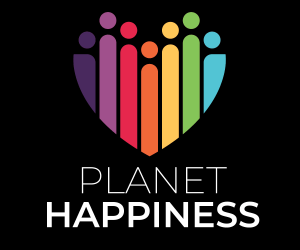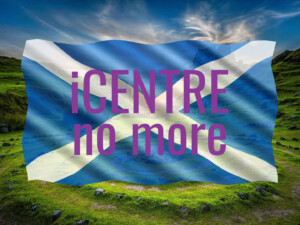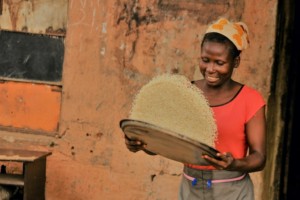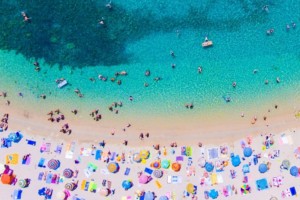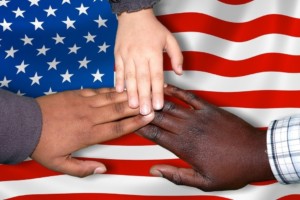In the eye of the beholder: How to create valuable tourism experiences
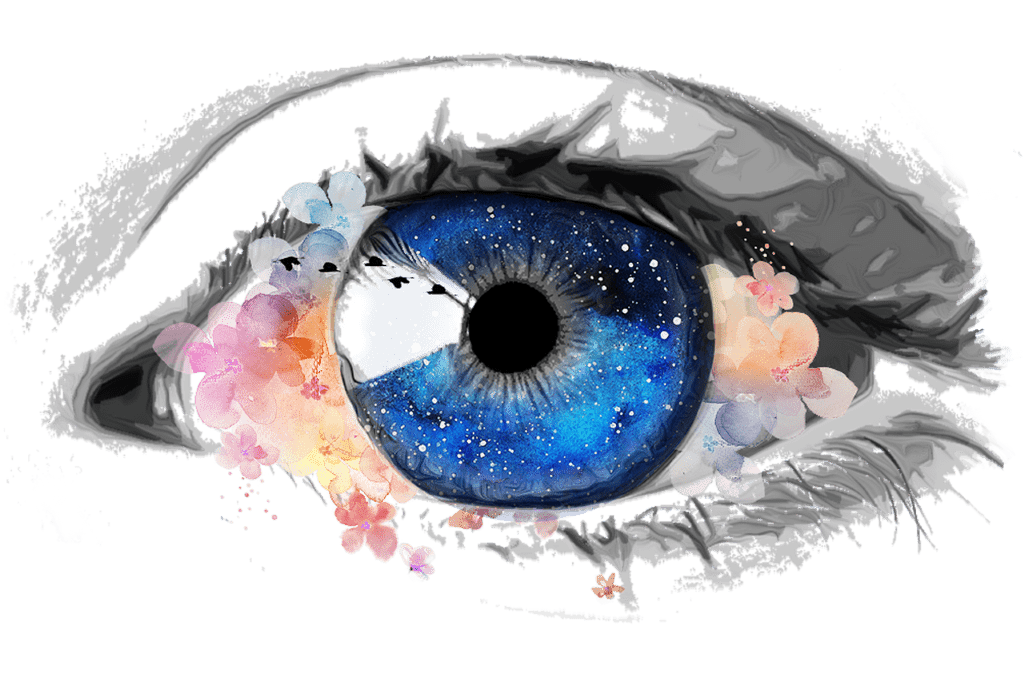
Setting prices, drumming up demand, and delivering appropriate value-for-money are core challenges for travel & tourism stakeholders, particularly in destinations worried about a post-COVID return to overtourism. An easy way to reduce demand might be for governments to increase tourism taxes and/or for businesses to raise prices, but will the value still be there?
“Good Tourism” Insight Partner Planet Happiness invited psychologist Bjørn Z Ekelund to share how he looks at the problem.
From 2010 – 2012, I was invited to take part in Innovative Experiences, a tourism research and development program in Norway’s north. During one of the field days, I was with a museum ethnologist friend at a restaurant that served local cod. On our way through the eatery, we passed by a blanket hanging on a wall next to a table of diners. My friend stopped at the table and asked the group: “Do you know anything about this blanket?” When there was no answer, she started to explain that it was a local blanket made for fishermen who spent dark wet dark nights out in open boats. The locally-weaved blanket allowed the fisherfolk to keep warm even when it was raining. It was a traditional blanket for the fishers of the area.
My friend was proud of the blanket and enjoyed explaining its cultural heritage. As she kept on talking, I suddenly put my hand over her mouth and said: “Maybe we should listen to what’s these people think?” The people at the table looked at each other for a moment and one of them said: “You know, I have an uncle back home in southern Norway. He was a fisherman too. His way of solving this problem was a bit different. I think he was more concerned about getting back home when it rained. Maybe because his fishing grounds were not that far from the coast. I’ll have to ask him when I get home.”
This story illustrates one of the main learning points of our research and development program. Our overall goal was to increase value-creation in tourism, especially international tourism. Our main research question focused upon the proposition that identifying new and different types of added value would help a destination set higher prices and boost local earnings.
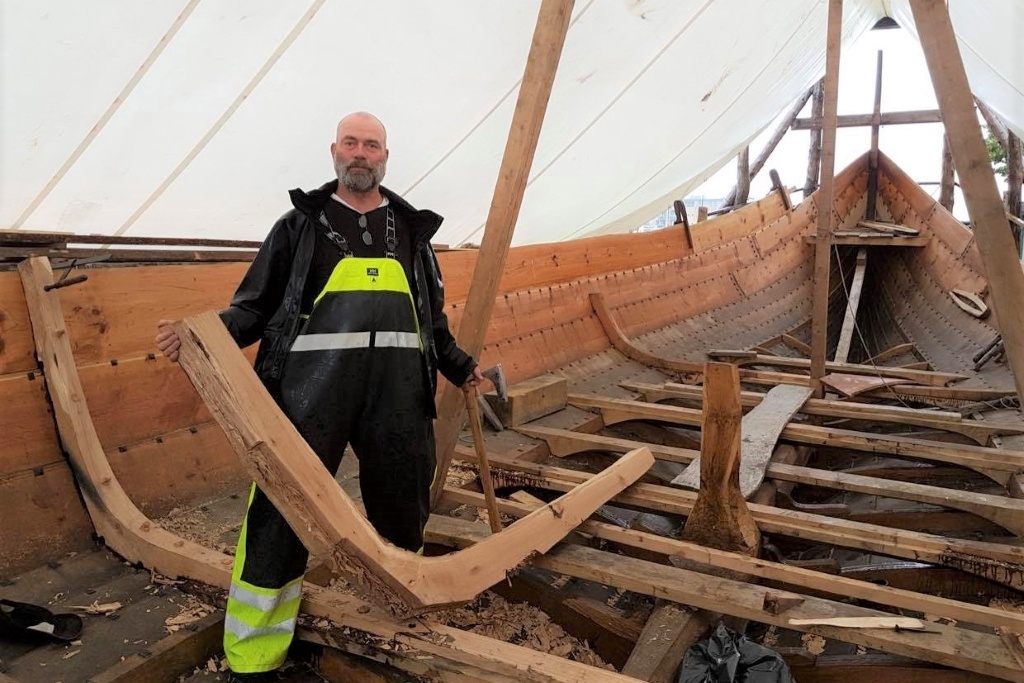
How do we set prices for cultural heritage tourism experiences?
How should prices be set? Here are three alternatives:
- Based on the cost of an object and its related physical costs (for example, the blanket hanging in the restaurant or objects in a museum);
- Based on the cost of having a trained person tell a story about an object (for example, my ethnologist friend or a museum guide); or,
- Based on the value created for the visitor when they reflect on their own life experiences and perspectives.
These three alternatives represent different perspectives in value creation for tourists in a cultural heritage context. Is the object and its physical presentation of primary interest and value? Or is it the story being told? Or is it the traveller’s experience and reflections?
This is an area of tourism research inspired by an economic model focused on subjective experiential value; that which is created in the visitor’s mind. It was inspired by Finnish tourism industry models and theorists focusing on what is called the “experience economy”. (See Pine & Gilmore, 1998).
In our research project, while we were unable to identify precise values that could be charged for each “visitor experience” at cultural heritage sites, we concluded two things:
- Tourist guides can be trained to identify extraordinary moments of flow and enlightenment among their clients; and,
- It is possible to recognise these extraordinary “peak experience” moments and to share them with other visitors and site colleagues.
With appropriate systems in place, cultural heritage site managers can institutionalise learning processes and identify opportunities through spaces, objects, and stories to maximise the quality and value of the visitor experience.
Moreover, by learning from tourists who wish to tell their own stories, and asking questions about their experience and how they would add value (for current and future visitors), sites and attractions will not only be able to improve their experiential product, but also benefit from greater word-of-the mouth referrals when travellers return home.
To summarise, while we were unable to identify precise values for higher prices, we were able to stimulate increased value creation that would generate extra demand through word-of-mouth referrals.
Reflecting on this knowledge, I was reminded of the saying: “Beauty is in the eye of the beholder.” It implies that beauty does not exist on its own; rather it is a creation of the mind of the observer. This became the essence of our renewed focus. It was now no longer about the blanket on the wall, nor stories about the blanket, but rather what was going on in the minds of our tourists and visitors.
How do we create cultural heritage tourism value in ‘the eye of the beholder’?
Our focus shifted to the question: “What is needed to amplify value-creation in the eye of the beholder?” We identified and developed two ways to facilitate deeper, more meaningful visitor experiences, and, through stronger word-of-mouth, generate greater demand for quality visitor experiences:
Firstly, we developed training for tour guides to help them understand the value in relating to and empathising with the client; to understand what’s important to them. For this training we applied a concept called the Diversity Icebreaker. We introduced the concepts of flow, flourishing, enlightenment, and meaningful learning, which included:
- Learning about international and cross-cultural differences in communication; and
- An introduction to ways organisations can learn from individual experiences.
Secondly, we designed a manual for site managers to support learning processes among tour guides. This presented examples of how to magnify visitor experiences through storytelling and creating diaries where visitor experiences could be recorded plus digital and online platforms where stories could be shared. This last part included elements of product development to increase the value of the visitor experience onsite and through digital marketing.
For me the story about the blanket in the restaurant turned into a story about the traveller’s life. It illustrated how storytelling, interpretation, and two-way engagement in cultural heritage sites can add significant value as visitors will better understand themselves, the world around them, and the communities they visit.
A note about Planet Happiness
Planet Happiness, which kindly invited me to share my thoughts with The “Good Tourism” Blog, is a thought-provoking and inspiring project with a broad perspective that focuses our minds on the qualities of a host community’s physical, social, and psychological well-being. While its focus contrasts with my experience above, there are not necessarily any conflicts. I believe our approaches are complementary and highly synergistic, and provide a foundation for integrating important lessons from our work.
Planet Happiness encourages communities to think about whole tourism systems, including product development processes that support community well-being and more meaningful and purposeful visitor experiences. It is this latter category that especially excites me! Does it also open your mind to new opportunities and potential? I look forward to adding these perspectives to my work and engaging with Planet Happiness.
What do you think? Share a short anecdote or comment below. Or write a deeper “GT” Insight. The “Good Tourism” Blog welcomes diversity of opinion and perspective about travel & tourism because travel & tourism is everyone’s business.
Featured image (top of post): Flowers, cosmos, and the eye of the beholder. By DanielHannah (CC0) via Pixabay.
About the author
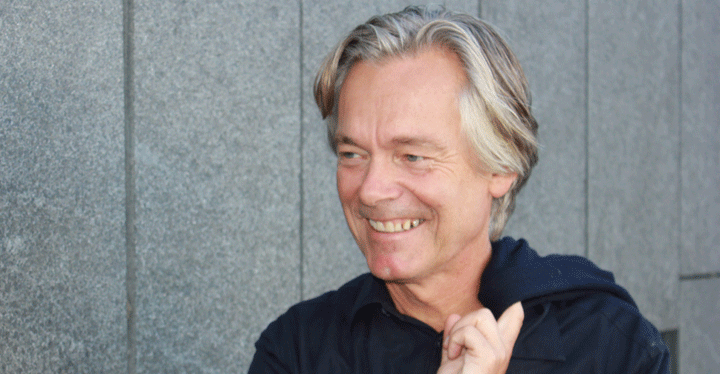
Bjørn Z Ekelund is the founder of consulting company Human Factors AS. A psychologist by profession, Bjørn wrote his dissertation in 1983 on the subject of subjective well-being. With 35 years of experience as a consultant in cross-cultural management, team-work, and psychological assessment, his work in the tourism industry includes Innovative Experiences, the project in northern Norway that he refers to in this post.
Thanks to “Good Tourism” Insight Partner Planet Happiness for inviting Bjørn to contribute this “GT” Insight.


